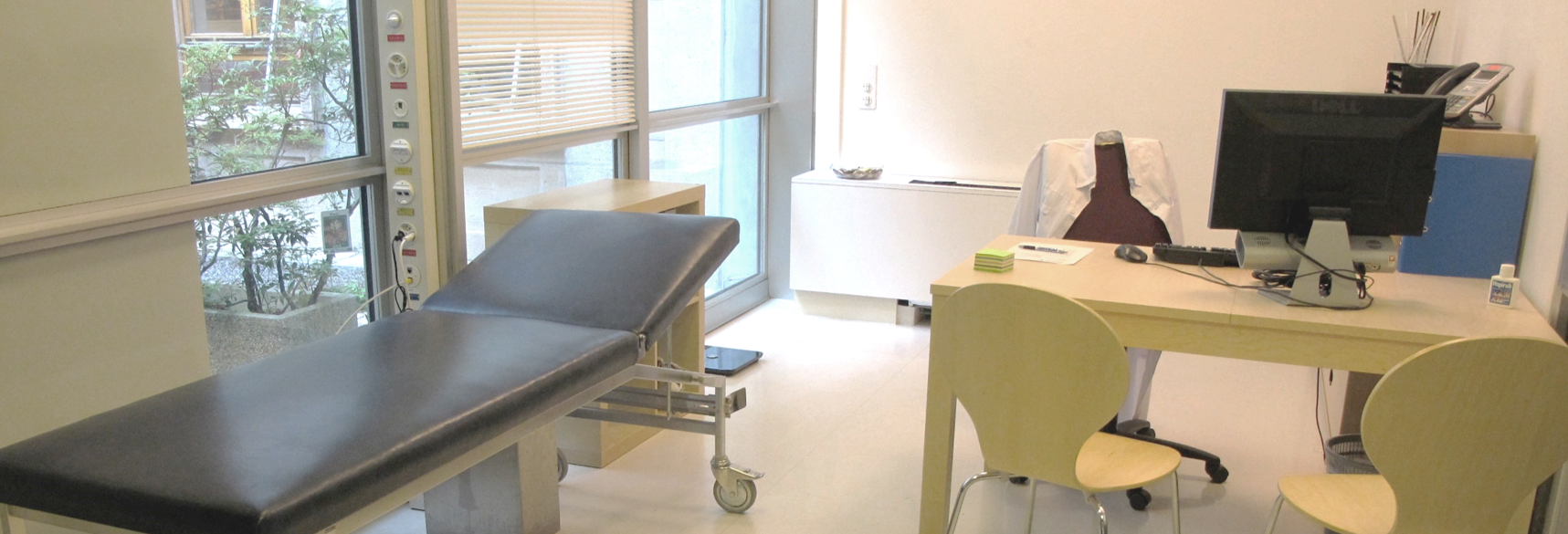Human Factors Engineering
We support the development of safe and effective medical devices to meet the regulatory expectations
The Human Factors Engineering (HFE), also called Usability Engineering (UE), supports the development of safe and effective Medical Devices (MD) design, by identifying and appropriately mitigating risks associated with usability.
HFE procedures & strategy
Establish the HFE process and plan HFE activities
- HFE standard operating procedure and documents models
- HFE plan
preliminary user research & risk analysis
Define users, use environments and medical indications
- User research (field observations, interviews, questionnaires)
- Use Specifications document
task analysis & use-related risk analysis
Define the use tasks and evaluate the use-related hazards and harms
- Task Analysis document (incl. tasks prioritization)
- Use-Related Risk Analysis document (incl. root cause analysis)
iterative design & testing
Define user interface and iteratively design and evaluate prototypes with users
- User Interface Specification document
- User Interface Design (incl. instruction for use, labelling, training materials)
- Formative tests (full process)
- Cognitive walkthrough, heuristic analysis, expert review
HFE validation/Summative tests
Demonstrate safe and effective use by intended users, evaluate residual risks and summarize all HFE activities
- Summative/HFE validation tests (full process)
- Use-Related Risk analysis update
- HFE summary report
Our standards
Our internal process is based on the latest standards and guidances such as:
Application of HFE to MDs
- IEC 62366-1:2015 and IEC TR 62366-2:2016
- US FDA Guidance (03-Feb-2016)
- AAMI/ANSI HE74 & HE75 guidances
Risk & Quality Management for MDs
- ISO 14971:2007 & EN ISO 14971:2012
- ISO 13485:2016
The lab
Our user test lab, located at the heart of the HUG, offers a unique proximity to the healthcare end-users community. The lab is equipped with all the necessary equipment (ceiling cameras, screen recording, video analysis software, …) to run usability test sessions in various simulated use environments. Tests are observable through live streaming from an observation room adjacent to the test room. more info

Projects of interest
Useval-dm: research project aiming to improve the methods used to validate the usability of medical devices
Our activities (more info):
- Analysis of medical devices' contexts of use
- Task analysis & use-related risk analysis
- Definition of testing protocols according to the potential use errors identified
- Summative tests
Project supported by the Swiss National Science Foundation (SNF)
